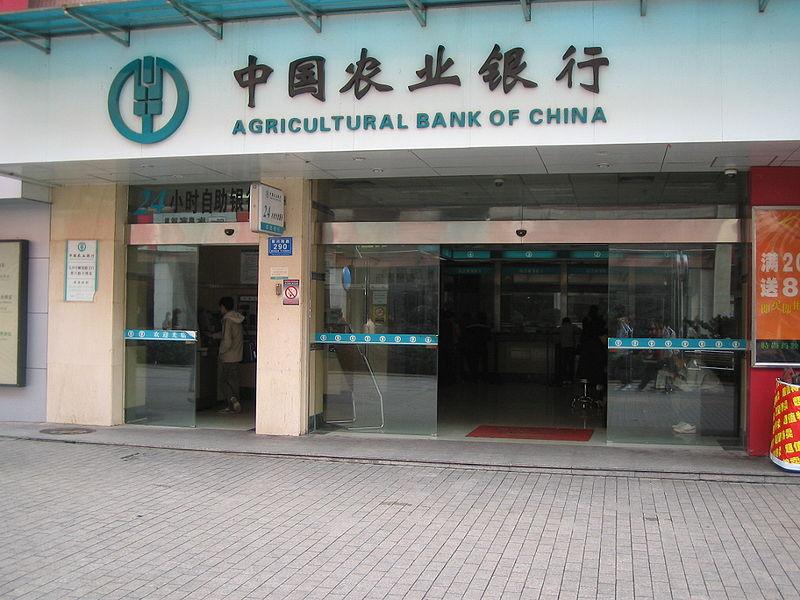
Chinese banks' profitability expected to improve over the coming quarters
Thanks to expanding NIMs and slowing NPLs.
The major Chinese listed commercial banks (state-owned and joint-stock) reported their Q317 earnings results in late-October and early November, and analysts at BMI Research saw a broad pick up in profitability, which we expect to improve gradually over the coming quarters due to a modest improvement in net interest margins and slower formation of non-performing loans (NPLs).
"According to our calculations, the respective net interest income and net profit of selected state-owned and joint-stock banks grew by 3.4% y-o-y and 3.7% y-o-y in for the first nine months of 2017 versus -5.2% y-o-y and 3.3% y-o-y in the same period last year."
Here's more from BMI Research:
We maintain our view that the net interest margins (NIM) of Chinese banks are likely to expand slightly over the coming quarters. The average net interest margins of the big state-owned and joint stock Chinese banks came in at 2.1% and 2.2%, respectively, in Q317, rising slightly from 2.0% and 1.9% in the previous quarter, according to data from Wind.
We expect lenders' NIM to benefit from rising market-based lending rates amid expectations that Chinese policymakers are going to rein in overall leverage growth through broadly tighter monetary conditions.
In terms of supply of loans by Chinese banks, the People's Bank of China (PBoC)'s announcement of a targeted reserve requirement ratio (RRR) cut in 2018 is likely to spur Chinese banks to lend to small and micro-sized enterprises and startups over the coming months.
On the funding side, the Chinese regulators are seeking to reduce vulnerability and we expect Chinese banks to keep their deposit rates largely unchanged as they compete for more deposits to achieve a more stable funding base, which bodes well for NIM. For example, the PBoC is seeking to reduce the use of interbank liabilities through its stricter macro-prudential assessment (MPA).
Additionally, the outstanding balance of wealth management products (WMPs), which are often used as a source of off-balance sheet funding for Chinese banks (notably joint-stock banks), is starting to fall, and regulators will likely rein in banks' issuance further, following years of rapid expansion in the shadow banking sector.
According to data from ChinaWealth, the total outstanding balance of WMPs fell to CNY28.4trn as of June 2017 versus a peak of CNY30.3trn in January, with joint-stock banks contributing to 63.2% of the decline.























 Advertise
Advertise










